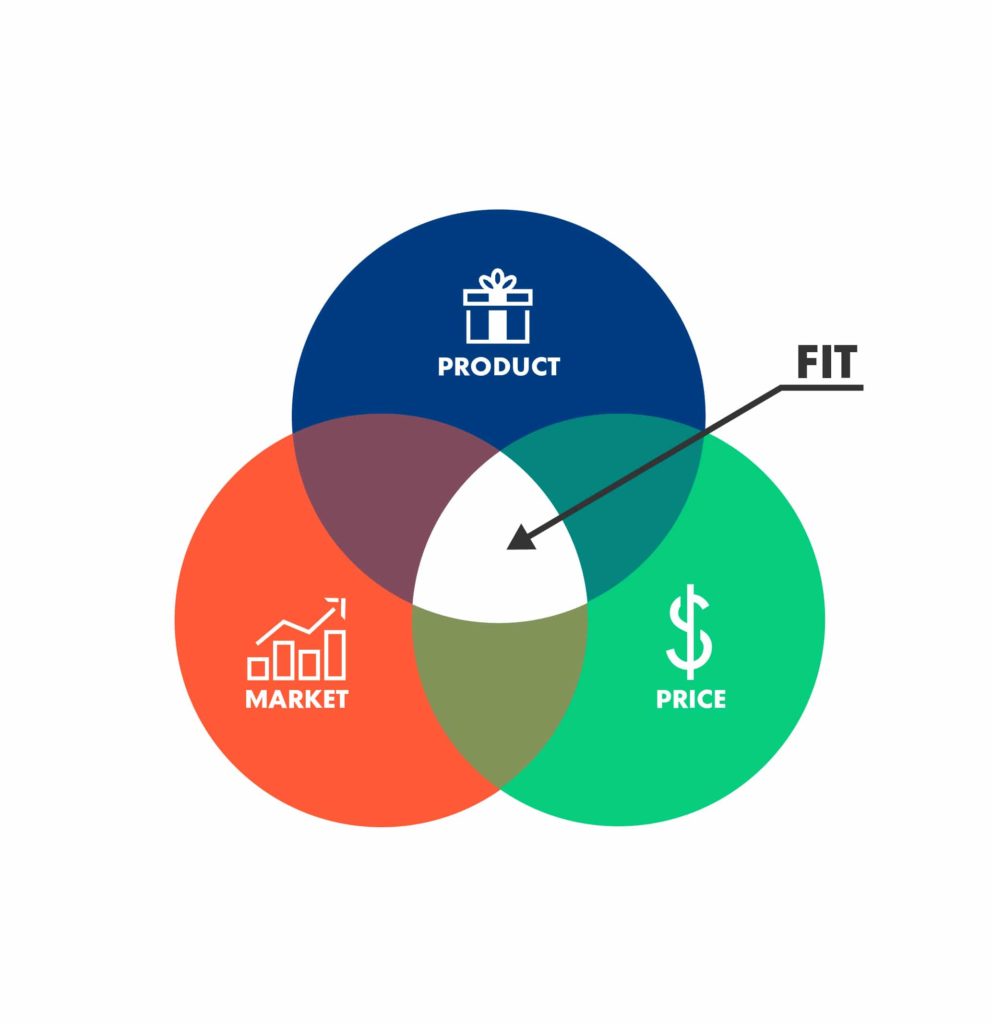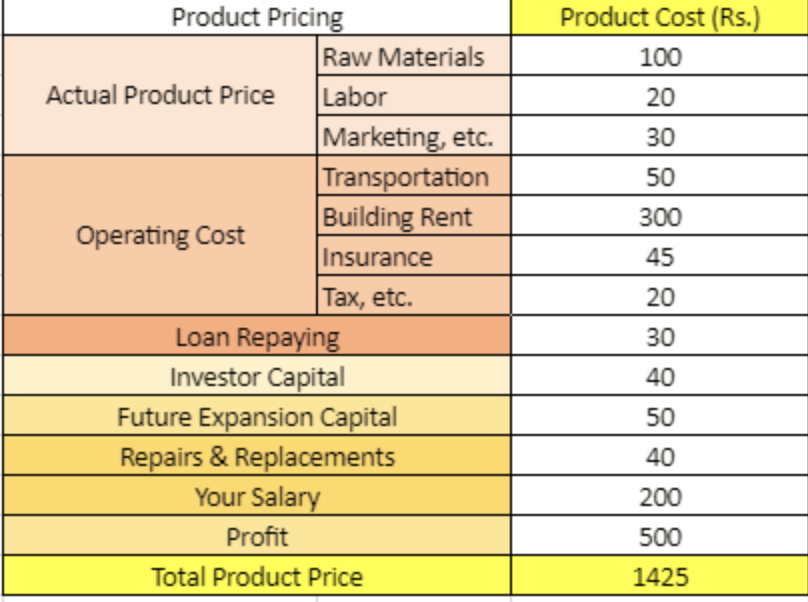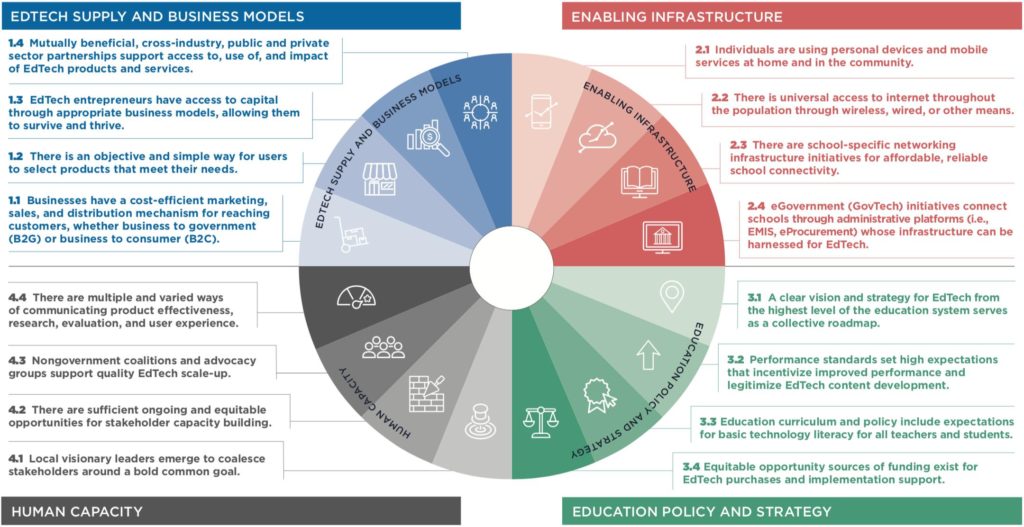When you search for a book on Amazon or a sweater on Zulily, you expect to find the lowest possible price. However, in business-to-business sales, it can be hard to determine exactly what’s going on. In education technology, for instance, some companies don’t list their prices, and administrators and teachers often get confused.
Online marketplaces such as TenMarks and StudyIsland provide a starting price point for students, while Newsela doesn’t list any pricing. BetterLesson, on the other hand, doesn’t seem to have any pricing when it comes to its personalized learning program. Flocabulary, on the other hand, has a clear pricing page and makes it easy to buy online.
Ed-tech companies often use a freemium model, which means they offer a portion of their product for free and then charge a subscription fee for the additional features. This method can be confusing for teachers since they can’t see the pay wall until they hit it.
It’s common for subscription-based education technology companies to think that it’s easy to just list a price. However, I’ve learned that this method can be very disadvantageous as a new company still has to determine the best price and market fit. In addition to not being able to clearly display the pricing structure, this method can also confuse customers.

One of the biggest disadvantages of this method is that it doesn’t automatically communicate the value of a product. For instance, if a customer has not tried the Listen Current Premium yet, they might not be able to evaluate its value. We’ll continue to learn about how people evaluate our products and how we can improve our pricing.
Due to the varying sizes of schools, it’s hard to determine the exact pricing structure that’s right for each student. We also have a variety of pricing levels that are easier to explain in person.

According to Alex Rappaport, the co-founder of Flocabulary, the company’s philosophy is to make pricing simple. He believes that it’s important to explain the pricing structure in a simple manner so that it can be easily understood by the administrators.
He says many publishers’ pricing models are full of “byzantine pricing tiers” that waste time.
“When we’re making a decision about plans and pricing, the guiding mantra is keep it simple and easy to buy,” says Rappaport.

There are also advantages and disadvantages to both methods. The advantage of working with companies that don’t have a pricing structure is that they can create a more complex proposal that’s specifically designed for your needs. Unfortunately, this process can take a long time.
Although we don’t always list our prices, I believe that it’s important to talk to potential customers about the various needs of each individual student. This allows us to meet the needs of our customers while also being able to provide the best possible service. Having a conversation with each potential customer helps us meet the needs of our customers. This method allows us to develop a more flexible pricing structure and meet the needs of our customers.
Article inspired by: Monica Brady-Myerov
Monica Brady-Myerov is the founder and CEO of Listenwise, an education technology tool that brings the power of public radio into the classroom. Brady-Myerov was an award-winning public radio reporter for nearly 25 years. She is currently a blogger for The Startup Blog, where entrepreneurs chart their efforts to launch and build ed-tech companies and describe the challenges they face in securing funding, finding customers, and growing their businesses.


